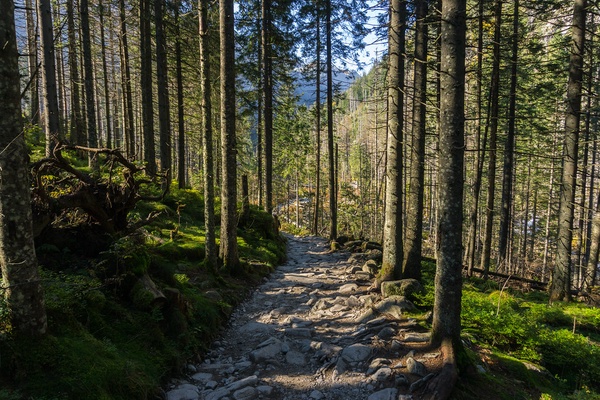36 Million Trees Lost Annually

36 million trees are lost annually.
November 13, 2021
The record-breaking heat of last summer has caused massive and wide-spread death of forests all over the contiguous United States, 36 million trees (1% of the total) annually is not only a serious danger to forest life, but human life as well.
According to recent studies, trees are capable of decreasing day time temperatures by up to 10 degrees Fahrenheit. David Nowak, a senior U.S. Forest Service scientist, states that “cities will become warmer, more polluted, and generally more unhealthy for inhabitants.” Nowak explains that the tree loss is attributed to not just the rampant storm conditions that have resulted from global warming, but largely as well in due part to human development.
Rampant urbanization constitutes up to 80% of the U.S. and continues to grow. In forests, trees are easily able to reproduce and spread in a healthy manner. However in an urban setting, these things are obstructed by the pavement and asphalt of the city. Thus, communities are encouraged to find areas where trees can survive. Whether this be in the federal reservations or in the plots of land around your house, there are several options.
Although trees may seem to just be a part of the “beautification” process of urbanization, they have several applications that benefit the entire community as a whole. Having a quiet backyard can be as simple as having a large tree to cancel out the surrounding noise pollution, and it’ll make it a whole lot quieter too.
Although action should be expected from the government and companies, it’s possible for you to help in some ways too. Playing an active role in the development in your city by organizing plant projects, or joining a non-profit are excellent starting points.
For more information on what you can do and how to take action, visit www.nature.org.

